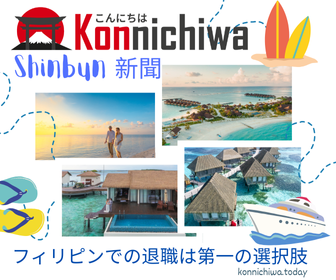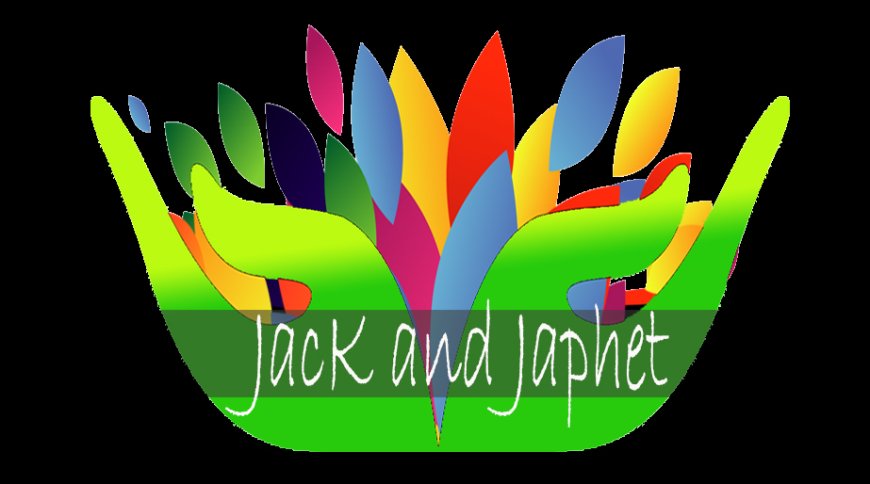Megijima
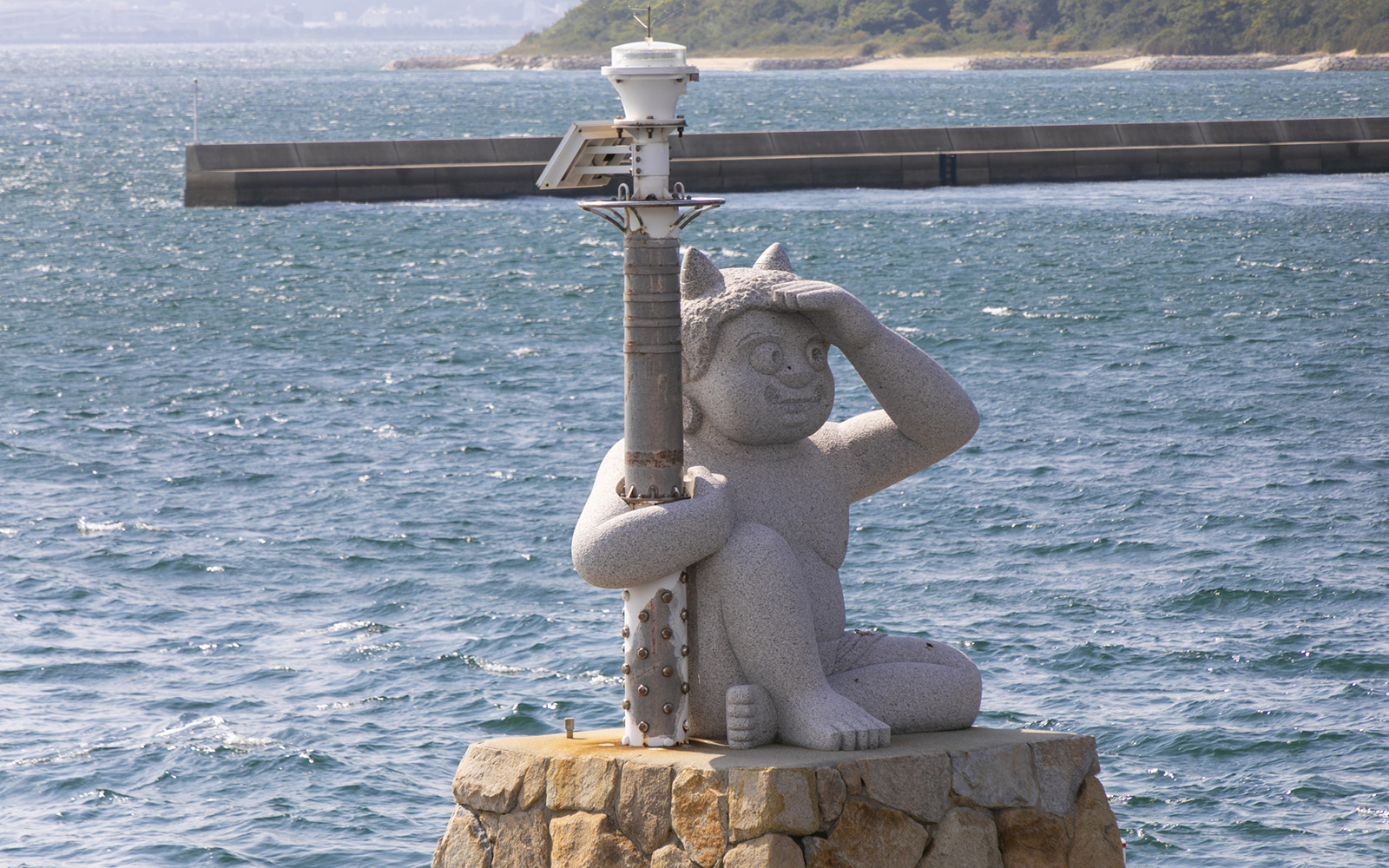

Just a 20-minute ferry from Takamatsu, Megijima is a small Seto Inland Sea island. With a population of around 150 residents, the island is best known as Onigashima, the “Ogre Island” from the beloved Japanese folktale Momotaro—the story of a boy born from a peach who defeats ogres with the help of a talking dog, monkey and pheasant. While its folklore status draws many first-time visitors, the island’s real charm lies in its mix of dramatic coastal views, gentle hiking trails and beaches.
Ogre Legends and Living Folklore
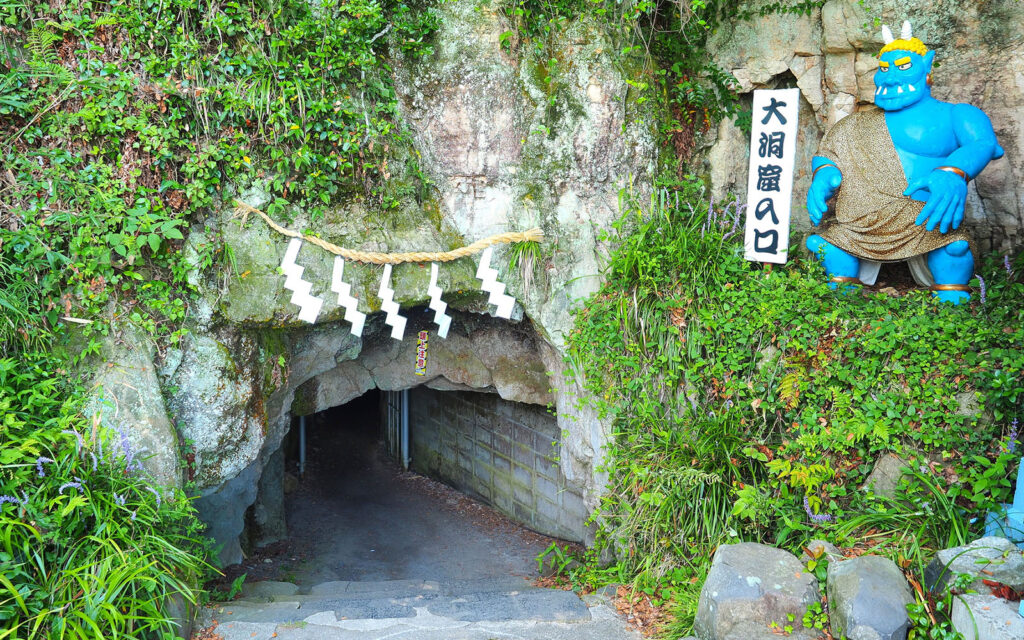 Photo by: PIXTA/ kawayasu
Photo by: PIXTA/ kawayasuAt the heart of Megijima’s story is the Onigashima Great Cave, a hand-carved cavern complex perched high on the island’s central mountain. Thought to be over 2,000 years old, the 400-meter-long cave system is now filled with larger-than-life ogre statues, painted scenes and sound effects that bring the Momotaro tale to life.
Above the cave sits Washigamine Observation Deck, offering sweeping 360-degree views of the Seto Inland Sea.
Other ogre-themed landmarks on Megijima include:
- Oni’s Lighthouse, made of white granite and designed in the shape of a giant ogre holding a metal club. Visible from the ferry, it welcomes visitors at Megi Port.
- Oni House and a nearby Moai statue replica. Created by a local company for a restoration project in Easter Island, the statue now stands watch over the village.
Things To Do
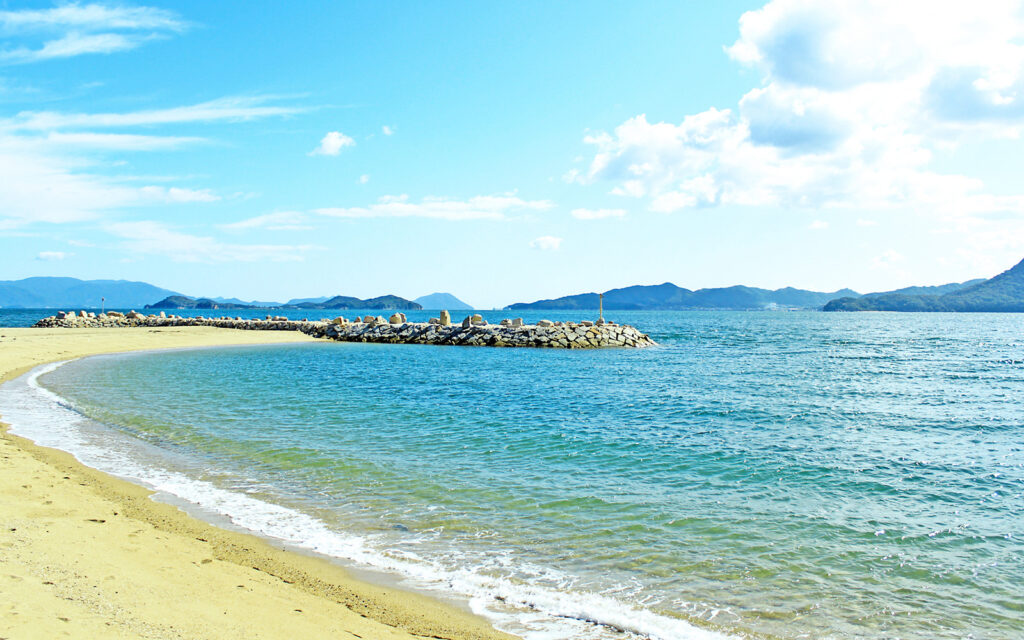 Photo by: PIXTA/ ai
Photo by: PIXTA/ aiBeyond its folklore, Megijima offers plenty to explore all year round.
Megijima Beach
Just five minutes from the ferry terminal, this white-sand beach offers crystal-clear waters and views of Takamatsu and Mount Yashima. It’s popular during the summer months for its cleanliness and relaxing atmosphere, earning a spot on the Ministry of the Environment’s “100 Best Swimming Beaches in Japan.”
Cherry Blossoms and Spring Flowers
Megijima has over 2,000 cherry trees, including the Japanese native variety Somei Yoshino. From late March to early April, paths around the cave are bursting with seasonal blooms and visitors often enjoy hanami (flower-viewing picnics) in the park. Spring is also a prime time to hear uguisu (Japanese bush warblers) and see local wildflowers along the trails.
Lover’s Cape
The island’s coastline curves toward a rocky point known as Lover’s Cape, said to resemble ogre horns from above. It’s a peaceful place to relax with large rocks to sit or lie on whilst enjoying the sea views. It is especially stunning at low tide on sunny days.
Setouchi Triennale 2025
Megijima is also one of the official “art islands” of the Setouchi Triennale, a contemporary art festival held across the Setouchi Islands every three years. Many of the artworks are site-specific, using the island’s natural and folkloric landscapes to explore themes of mythology, history and rural identity.



